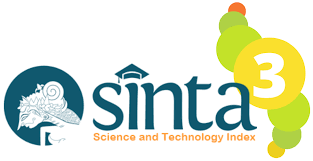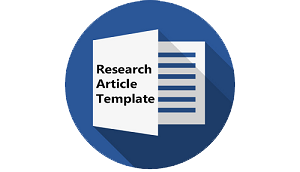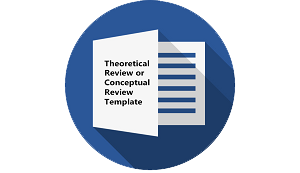ANALISIS SIRKUMSTAN PADA BUKU CERITA ANAK THE 7 HABBITS OF HAPPY KIDS KARYA SEAN COVEY DAN TERJEMAHANNYA (Kajian Terjemahan dengan Pendekatan Systemic Functional Linguistics)
DOI:
https://doi.org/10.30957/lingua.v15i1.428Keywords:
Circumstance, translation technique, translation quality, Systemic Functional Linguistics, children story.Abstract
Â
This research investigated the form and types of circumstances, translation techniques, translation quality of circumstances, and the impact of translation techniques towards the form, types and translation quality of circumstances in bilingual kids story book. This qualitative research used systemic functional linguistic approach. The data obtained was analyzed using analysis technique of Spradley. The results show that circumstances were expressed in the form of words, group of words, and prepositional phrases, having 7 types: circumstances of location, circumstances of manner, circumstances of extent, circumstances of causes, circumstances of accompaniment, circumstances of role, and circumstances of matter. The translation techniques include: single variant, couplet, triplet and quartet. Children stories vary in types and forms of circumstances, depending on the focus and plot of the stories. The translation techniques lead to either cause translation shift or translation qualities of the circumstances are of good quality in terms of accuracy, acceptability and high readability.
Â
Downloads
References
Bell, R.T. 1991. Translation and Translating: Theory and Practice. London: Longman.
Halliday, M.A.K & Matthiessen. 2004. An Introduction to Functional Grammar, Third Edition. London: Edward Arnold, Ltd.
Molina, L. dan Albir, A. H. 2002. Translation Techniques Revisited: A Dynamic and Functionalist Approach. Meta XLVII 4: page 498-512. DOI: https://doi.org/10.7202/008033ar
Nababan, MR, Nuraeni A & Sumardiono. 2012. Pengembangan Model Penilaian Kualitas Terjemahan. Surakarta: Universitas Sebelas Maret.
Spradley, J.P. 2006. Participant Observation. USA: Holt, Rinehart and Winston.
Sutopo, HB. 2006. Metodologi Penelitian Kualitatif. Surakarta: UNS Press.
Downloads
Published
How to Cite
Issue
Section
License
Authors who publish with this journal agree to the following terms:
- Authors retain copyright and grant the journal right of first publication with the work simultaneously licensed under a Creative Commons Attribution-ShareAlike 4.0 International License that allows others to share the work with an acknowledgement of the work's authorship and initial publication in this journal.
- Authors are able to enter into separate, additional contractual arrangements for the non-exclusive distribution of the journal's published version of the work (e.g., post it to an institutional repository or publish it in a book), with an acknowledgement of its initial publication in this journal.
- Authors are permitted and encouraged to post their work online (e.g., in institutional repositories or on their website) prior to and during the submission process, as it can lead to productive exchanges, as well as earlier and greater citation of published work (See The Effect of Open Access).















